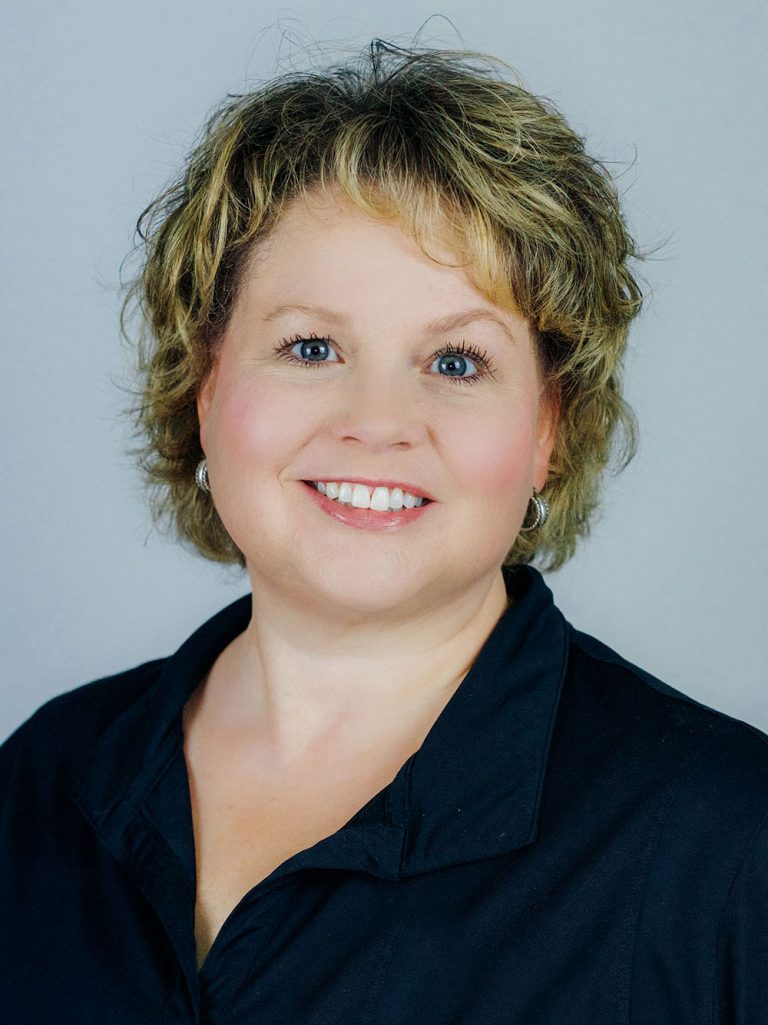By Marni Jameson
Correspondent
“My husband and I have very different approaches to saving things,” says Lee Switz, of Richmond, Virginia — speaking for, I will wager, 9 out of 10 couples in America.
Am I right?
I am talking with Lee, age 72, to uncover some secrets to successful downsizing. She and her husband, age 78, moved last December from the three-story, six-bedroom, house where they had lived for 40 of their 50 married years and raised their three children, to a single-story condo less than half the size. They cut their loot by two-thirds in the process.
I know many of us — seniors and their adult children alike — are shaking our heads with envy.
By my lights, Lee and Don Switz are the too-rare couple who have both the foresight and fortitude to do what more seniors should do before the accumulation worsens, and suddenly a fully loaded house lands on their kids like the house on the witch in “The Wizard of Oz.”
“My husband keeps everything,” Lee says of Don, a semiretired physician. “I had tried to help him organize his study over the years, and that always led to a conflict. Finally, it got to the point where the space was so cluttered, with 40 years of his career, that he didn’t want to work there anymore, and he moved to the kitchen.”
You can imagine how well that worked out.
Their different styles were one of the reasons the Switzes hired help — a move manager for seniors.
Advertisement
They can be asked to step in when people can’t, or would rather not, downsize alone, says Mary Kay Buysse, executive director for the National Association of Senior Move Managers. (Seriously, there’s an association.)
In 2006, when Buysse took that position, the association had 66 senior move manager members. Today, the Hinsdale, Illinois, group has 1,000 members throughout North America (find senior move managers in your area at www.nasmm.org/find).
Buysse credits the age tsunami that’s underway for the rise of these professionals. Between 2010 and 2030, the portion of the U.S. population ages 65 and older will increase by 80 percent.
This change comes on the heels of the greatest period of consumerism in U.S. history — we’re talking about tons of stuff weighing folks down.
The Switzes felt this weight. “We were spending so much time and energy cutting the grass and maintaining the house we didn’t have time to do what we loved,” says Lee, a semiretired nonprofit consultant. She wanted to travel, see friends more often, and visit their children, two of which live out of state.
“We didn’t need all that space. We spent all our time in the kitchen, the bedroom and the TV room. Every time I paid the electric bill I would ask, ‘Why am I heating a house three times larger than we need?’ ”
So Lee found Door to Door Solutions, senior move managers. “They were very, very helpful,” she says. “They helped us figure out what to get rid of and got rid of it. Our children wanted very little. You learn that, no matter what you have, nobody wants it anymore.”
The service did all the heavy lifting while moving the couple.
“The more we got rid of, the better I felt,” Lee says. The whole process took 13 months. By the time they moved she felt mostly relieved.
Mostly.
“Saying goodbye to the memories is very hard,” she says. “But now the feeling of freedom is wonderful. With the condo association taking care of things, we can lock the door and go. We now spend 90 percent of our time doing what we love.”
After working with seniors for a decade now, Buysse offers these insights and pointers to make moves go smoothly.
Bring in an outsider: Parents, no matter how old, always see their children as children. When the adult child takes control, that upsets the equilibrium. “It can get messy,” says Buysse. Couples often resort to blaming each other. Having an objective party helps a lot.
Start with the easiest places: Buysse suggests clearing out the basement, garage and kids’ bedrooms first. Over time you get desensitized to the downsizing process, and the job gets easier.
Attitude is everything: Moves to downsize are easier when seniors choose to move, as the Switzes did, rather than being forced into it by frailty, an accident, the loss of a spouse or cognitive issues.
Find the silver lining: “At first glance, moving into a smaller home or assisted living may seem to seniors like their independence is shrinking, but it’s actually expanding,” Buysse says. “Going to the right level of care can expand independence and quality of life, and extend life.”
Understand the costs: Most senior move managers charge between $25 and $60 per hour, according to a NASMM survey. Roughly 82 percent spend from 17 to 33 hours total per client to complete the job.
Allow time: It may have taken 40 years to build a home. You don’t have to dispose of its contents in two weekends. Give the process the dignity it deserves, but keep moving.
Contact Marni Jameson through www.marnijameson.com.
Article found at http://www.mercurynews.com/home-garden/ci_27676762/marni-jameson-when-seniors-need-downsize

